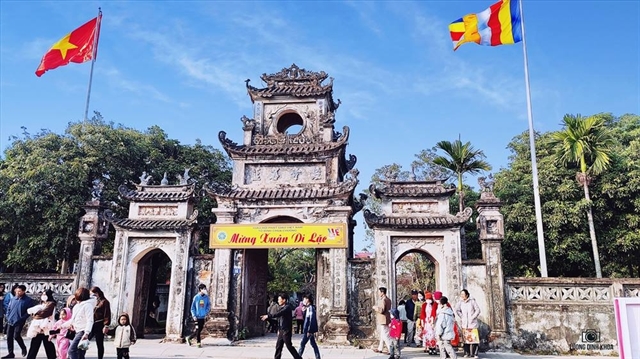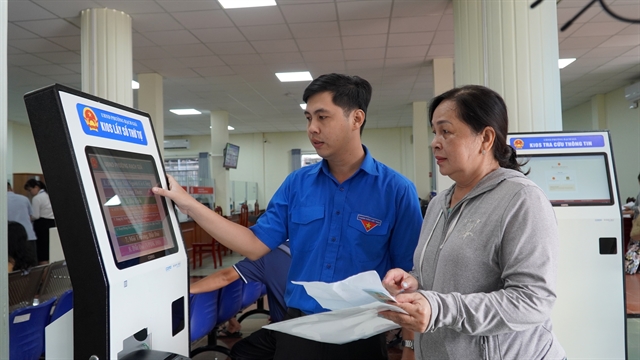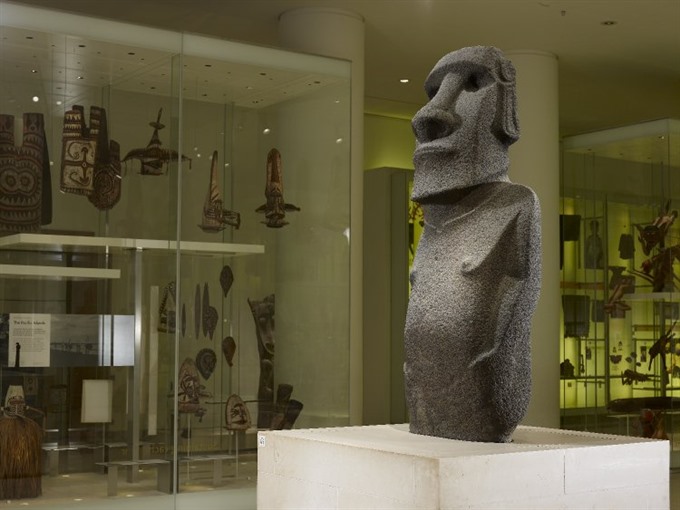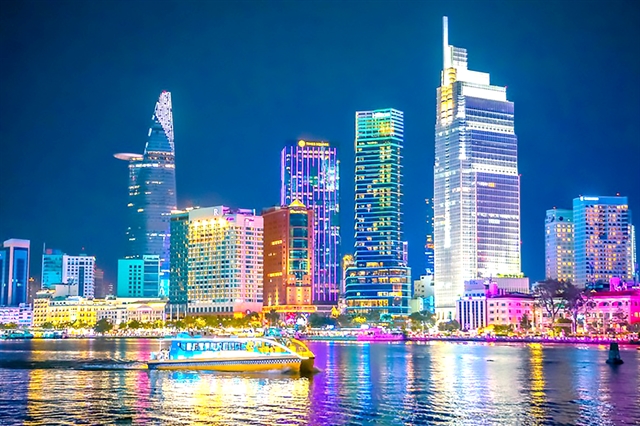 Life & Style
Life & Style

Easter Island's indigenous authorities have asked Chile's government to help them recover a unique monumental Moai statue removed 150 years ago and now kept in the British Museum in London.
 |
| Human figure (moai), called Hoa Hakananai’a (hidden or stolen friend) made of basalt. Images relating to the bird man religion are carved in relief on the figure’s back and back of head. — Photo britishmuseum.org |
SANTIAGO — Easter Island’s indigenous authorities have asked Chile’s government to help them recover a unique monumental Moai statue removed 150 years ago and now kept in the British Museum in London.
The 2.4-metre tall Hoa Hakananai’a sculpture was allegedly pilfered illegally by Richard Powell aboard the "Topaze" and given to Queen Victoria as a gift.
"It’s a unique piece, the only tangible link that accounts for two important stages in our ancestral history," the island’s Rapa Nui authorities said on Tuesday.
Of the more than 900 giant humanoid sculptures on the island, most were carved from volcanic ash between the sixth and 17th centuries, but the Hoa Hakananai’a, which means "the stolen or hidden friend" in the island’s indigenous Rapa Nui language, is unique as it was made from basalt.
Figures associated with the Tangata Manu (bird man) cult were carved on its back.
This request "seems appropriate given the new coordination and conservation functions being carried out on the island with regards the Moai," Chile’s National Treasures Minister Felipe Ward said.
Since December, the indigenous Rapa Nui have taken over the conservation, preservation and management of their archeological heritage.
And part of that involves the attempted recovery of priceless artefacts they say were illegally taken, including another Moai residing in the Quai Branly museum in Paris.
The Rapa Nui believe that the "mana" spiritual force that protects the tribe and is attributed to chiefs and community leaders, resides in Moai and other sacred objects.
Recovering stolen statues would also be "an important symbol in closing the sad chapter of violation of our rights by European navigators" that visited the island in the 19th century, local leaders said.
Easter Island is a UNESCO World Heritage site lying around 3,700-kilometres from the coast of mainland Chile, and whose original inhabitants are a Polynesian people closely related to those in Tahiti.
The Pacific Ocean island was first recorded by European navigators in 1722 and visited several times, including by Briton James Cook, before it was annexed by Chile in 1888.
By then, much of its population had been decimated by European diseases such as smallpox, or carted off into slavery.
Chile recently announced measures to limit the time tourists can stay on the island and the number of non-Rapa Nui mainlanders allowed to settle there. — AFP




